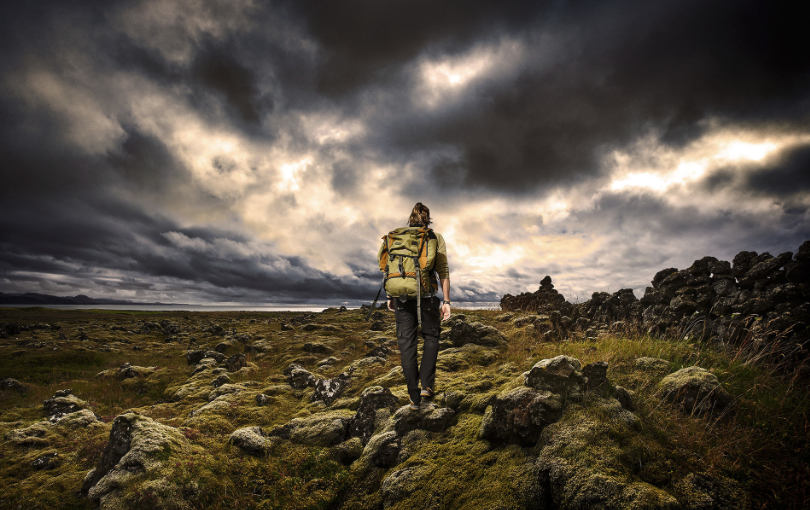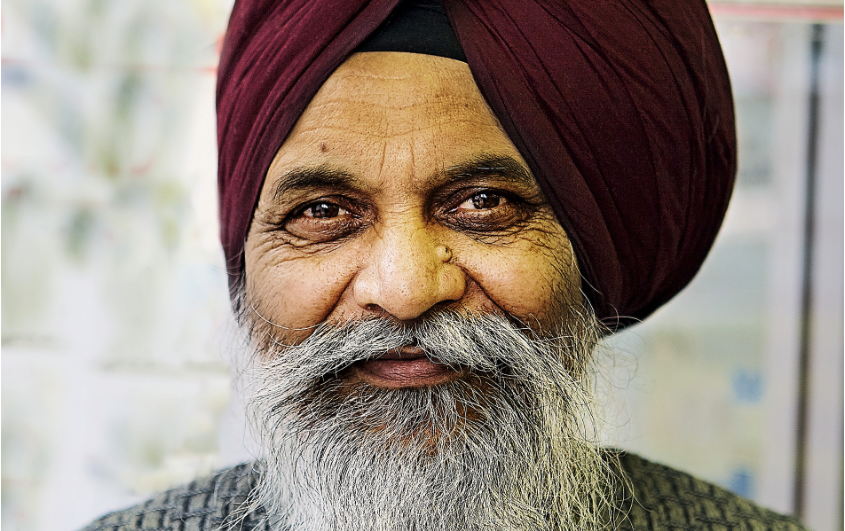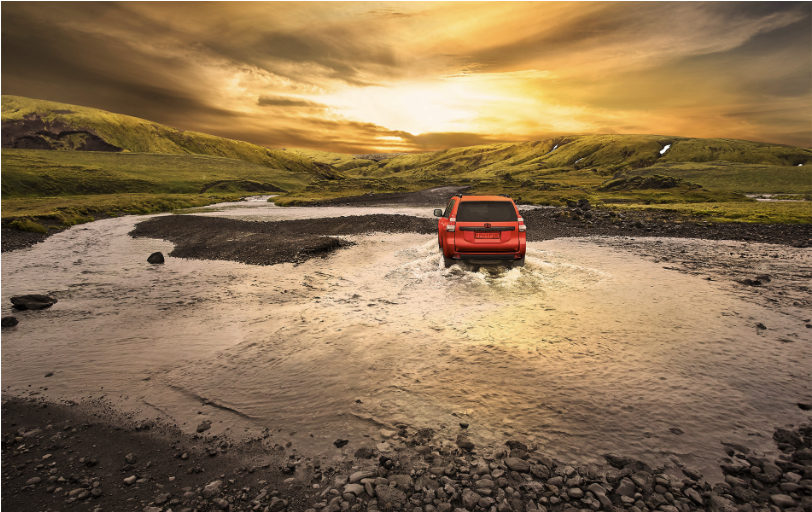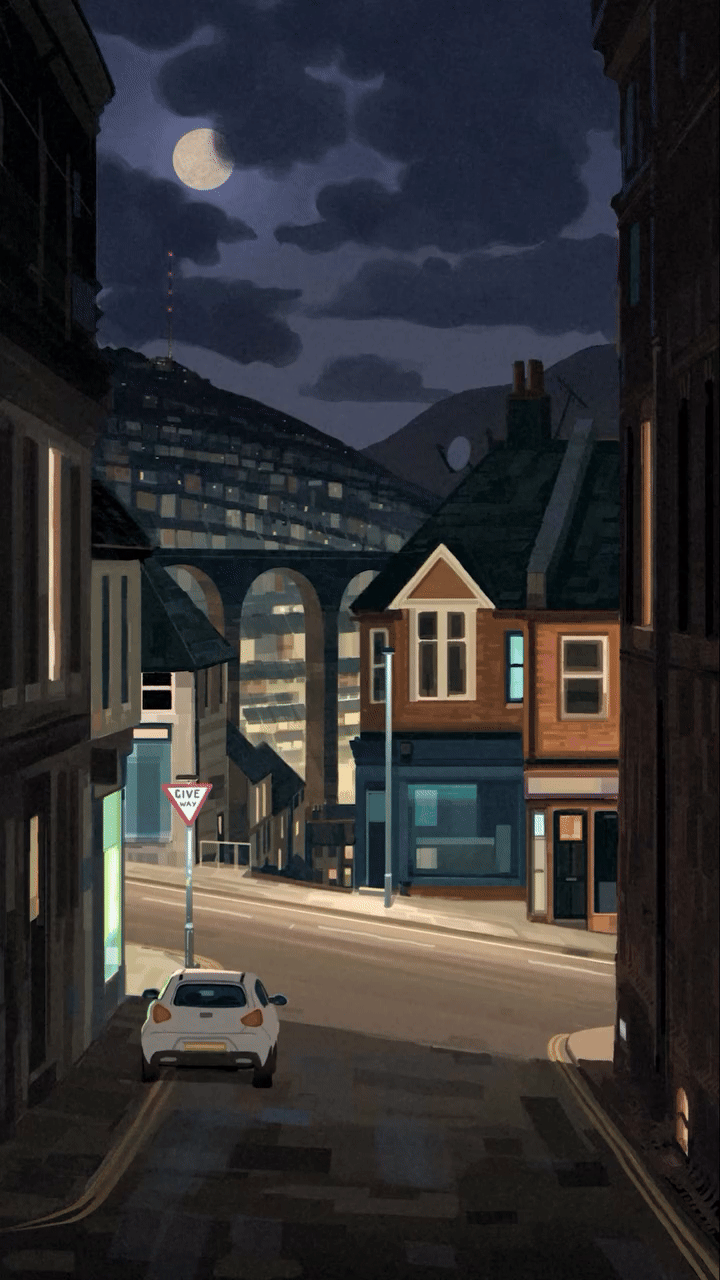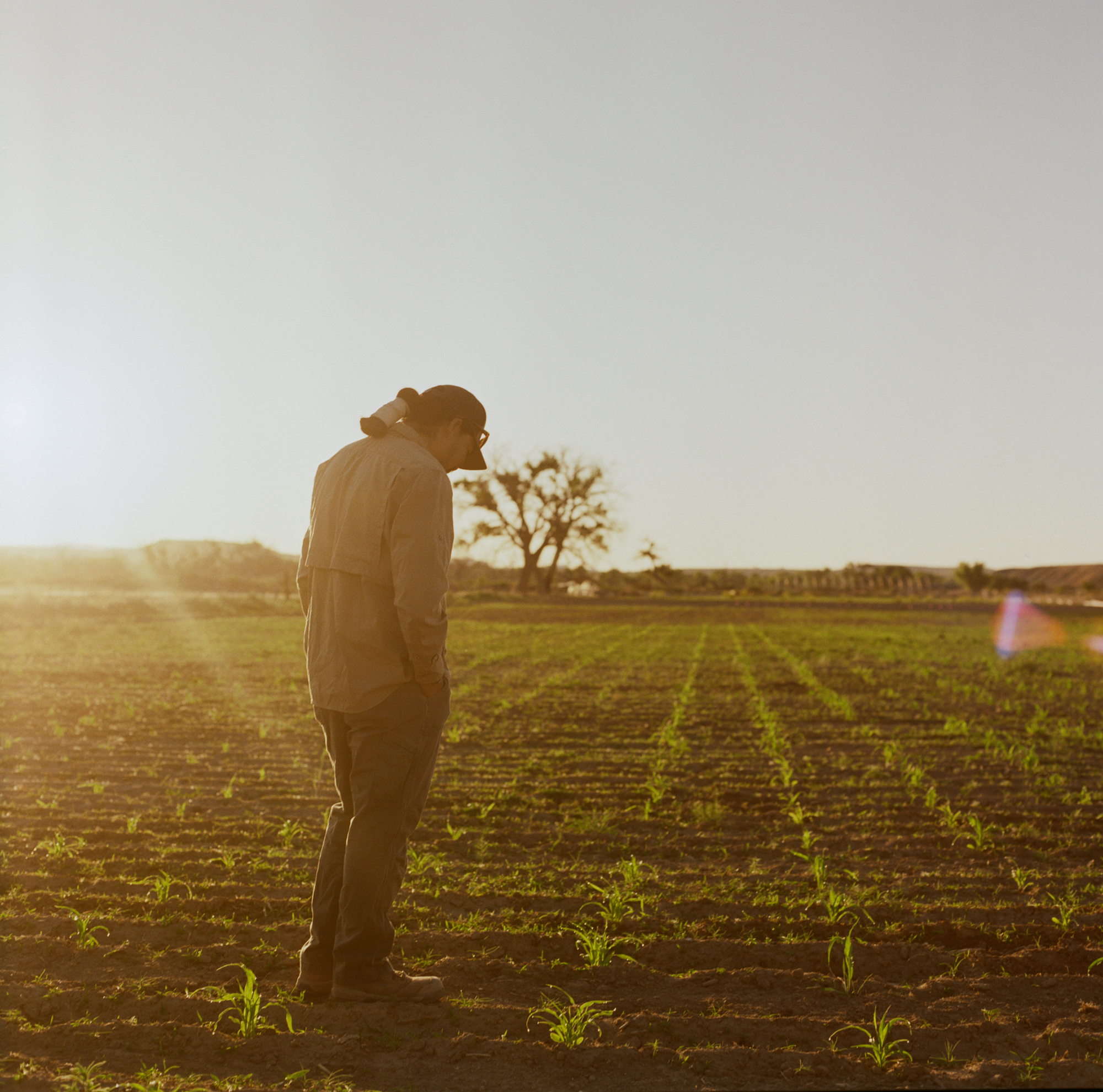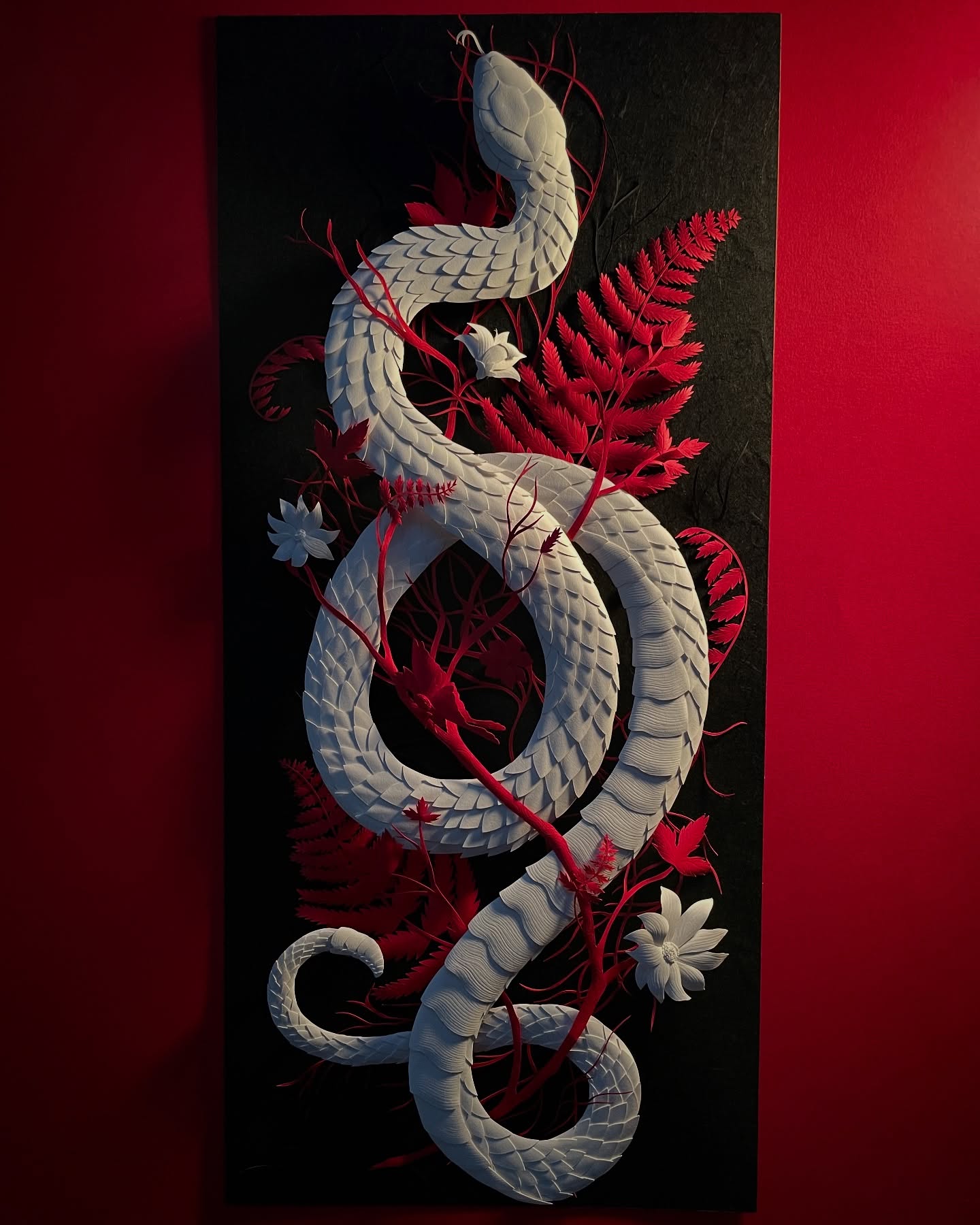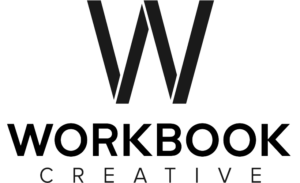Our Midwest sales representative Linda Levy recently posed a series of wide ranging questions to photographer/director Paul Aresu. He has a lot of interesting things to say about where the business has been and where it is going.
Hi Paul, how are you?
Im doing well. Really excited about doing this interview with Workbook.
Please tell us a bit about your background. How did you come to be a photographer and a director? How long have you been in business?
It’s a fairly long story, but to be concise, my early influence came from my dad. He was a photographer who owned a portrait/wedding studio here in the New York area. My earliest memories are in my dad’s studio retouching negatives and learning how to print 8x10s in the darkroom.
What inspires you?
There are so many things that inspire me. Dynamic, spirited, creative people, music, sports, movies, a great book, travel.
How often do you create personal projects?
Throughout my career I have always been an advocate of personal projects. I think personal projects bring out the best in the creative spirit. For one, it is truly one’s own idea; execution and delivery of images come solely from the heart. Personal projects are so important to keep one’s vision alive and to reinforce the aesthetic commitment one has for his/her vision.
What is a personal project you have yet to create that you really want to, but haven’t gotten to?
Right now I am doing a lot of motion and film. That has made me think that I would love to do a documentary. There are so many interesting and untold stores to be uncovered and brought to life.
Your subjects cover such a really wide array of folks. Where do you find them?
I live in one of the most diverse and dynamic cities in the world, so interesting folks are widely available to approach for a photo/portrait session. There are so many folks who are willing to be photographed; there is never a shortage of subjects. The key is to have a great concept. People are more than happy to collaborate if the concept is compelling.
Where do you love to travel?
I just came back from Morocco, and I was captivated by the people, landscape, music, and vibrant culture. It was an amazing experience, and I am trying to get back there as soon as possible. The photographic possibilities are endless.
What sports do you enjoy most to capture?
All sports are fun to shoot. But as far as dynamic energy, I would have to say basketball, both college and pro. Anything that has to do with speed and motion is interesting to me.
What sports do you enjoy most to participate in?
I enjoy playing basketball, playing golf, and I love to ski. I run and work out a few times a week just to keep in shape.
Where have you seen the most amazing skies?
I love the skies in New Mexico, so unpredictable and fluid. They can change in a matter of minutes. A great combination of intense clouds and blue skies can often be seen within a span of an hour.
What are the biggest changes you’ve experienced in the industry in the last ten years?
In the last ten years the photo industry has experience so many changes. Let me try to detail a few that affected my business. I think one of the big changes is photographers are now doing motion. We are creating, directing, and producing motion jobs, and that has expanded our range in a considerable way. Film/motion cameras are now accessible and inexpensive enough print clients who would normally hire a production company can now go directly to a photographer/director to produce a really creative and high quality spot.
And with that comes the responsibility of doing treatments for almost every production we bid on. Treatments take an immense amount of time to write, construct, and design. There are now many hours allotted to this process during the workday.
On the business side, whenever we are asked to bid on a project, the client usually asks for multiple estimates done in a variety of ways so the client has options on location, studio, usage, and all the other variables that may be affecting the bottom line.
What has been the most challenging production role you’ve encountered, and how did you solve it?
Any time we do a sports location production that takes place in extreme weather or a remote region, there are so many challenges to the production. Production planning is the key to a successful shoot in this case. Being prepared for the worst case scenario is the way I go into a production. We did a location shoot in Colorado for Primaloft outerwear and it was brutal. The temperature dipped to minus 25 and it was really the coldest day they ever had there. We were photographing skiers, and mountain climbers. Even for the most hardy, this was extremely cold. The producers arranged for super warm clothing, boots, etc., and we just weathered through it . (pun intended). We were worried about our cameras performing but they held up. The casting was also committed to getting great images, so everyone was on board even though it was quite painful.
What are you grateful for?
I am grateful that so far I’ve had a successful career in something that I love to do. I believe it truly is a gift if you are fortunate to make a living out of your passion!
What do you want people to know about you that they can’t tell from your images?
I like to make the productions fun and collaborative in every way. It takes a team to make a successful production.
Which aspects of large productions do you wish clients understood better?
I think clients do understand the concerns photographers have on productions. Most clients we work with do a lot of shoots, so they see and understand the pressures and obstacles to overcome in a big production. Most clients are patient and aware and have a keen sense of the issues.
If you could have dinner with someone special, living or dead, who would it be?
Oh so many people. Can I give you a list ?
John Lennon
Mozart
Muddy Waters
Churchill
Michael Jordan
When was the last time you were surprised and delighted?
I am surprised daily…mostly with how much my kids are growing up to be responsible and mature humans.


